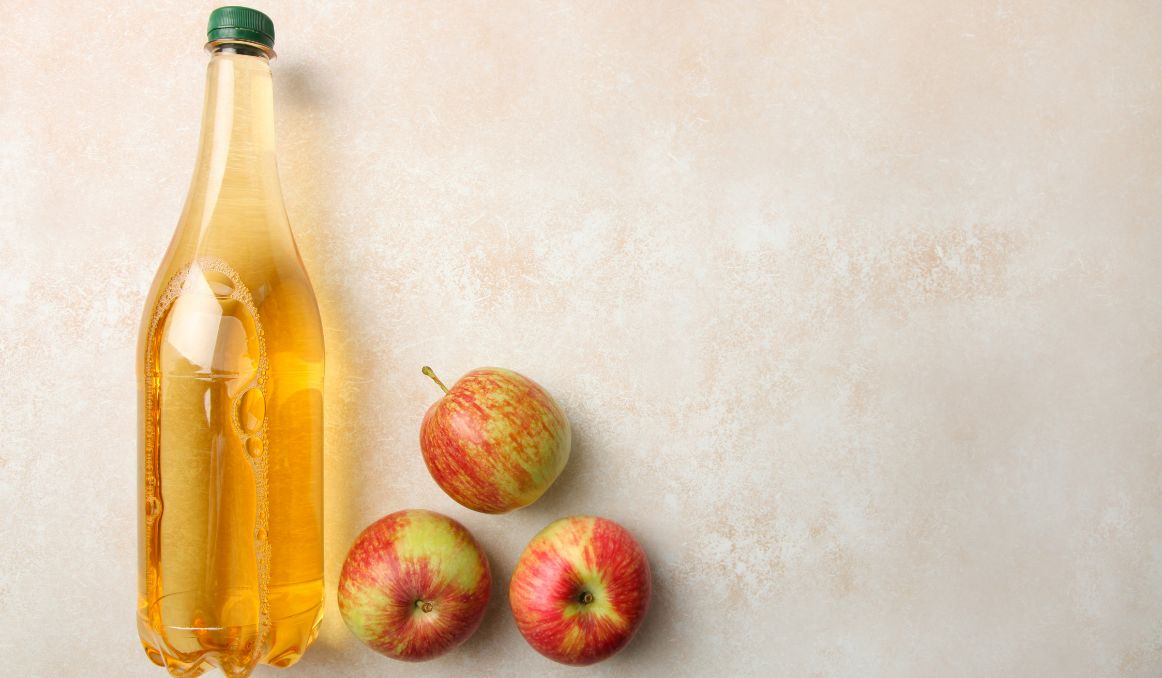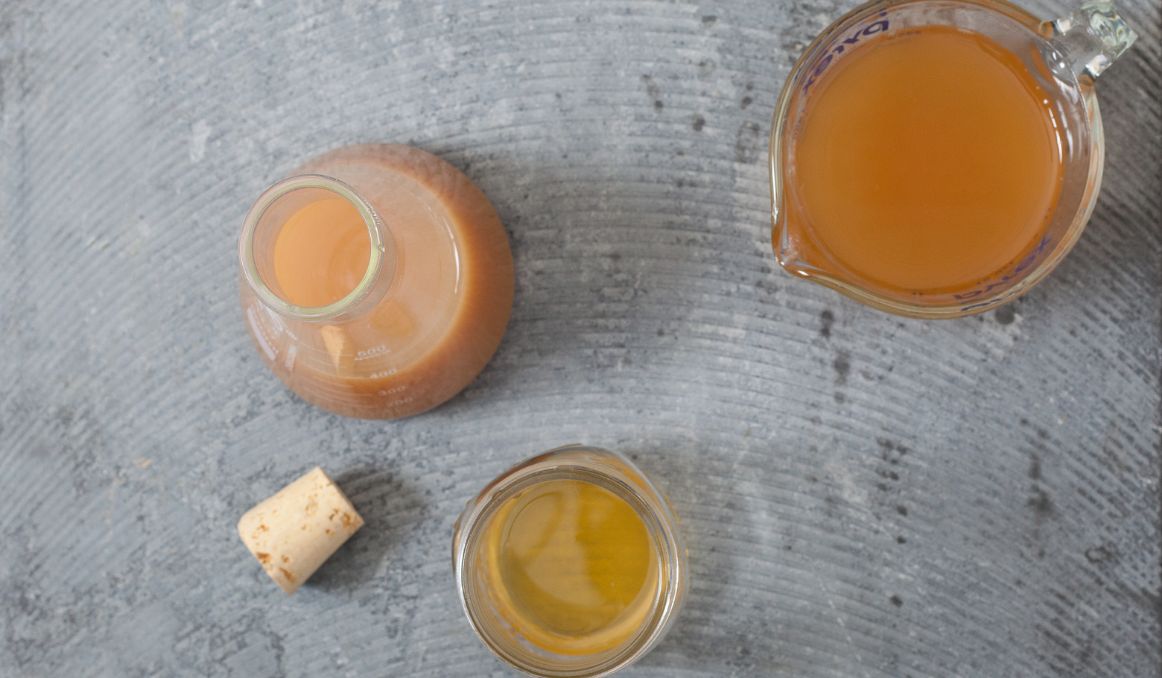How to Know When Cider Is Done Fermenting? Your Checklist
Cider can be such a fun beverage to experiment with. It’s a cross between wine and beer, best served crisp, enjoyable for its sudsy bubbles, like beer, yet it’s made from fruit, like wine!
If you’re at home brewing your own cider or you’re seriously considering opening your own cider mill, you may be scouring the internet to make sure you’ve got all your steps in order.
How much yeast should you use? Should you even use yeast? And how to know when cider is done fermenting? The list goes on.
Cider or Wine?

As anthropologists have discovered evidence that wine has been part of human civilization, and even animal civilizations for thousands of years, it makes sense that the same would be true of cider.
Monkeys figured out that if they left ripe fruit out to sit for long enough, it would ferment and get them intoxicated.
So they say “monkeys make their own wine!”
But, is it wine, or is it cider?
Well, the processes are pretty similar.
Cider
To make homemade cider in its most simple form, you will cut up apples (and maybe other fruit as well) and throw them into a large pot. You can add other spices like cinnamon and cloves. Bring your water to a boil and then steep your fruit and spices for several hours.
Once it has completely cooled, you will mash down your fruit and allow it to steep for several more hours.
Finally, you will strain the solid ingredients out and your remaining liquid is cider.
For hard cider – the kind the monkeys make and our own ancestors made – you could simply leave your cider out with a cheesecloth covering it to keep out any flies. Naturally, yeast will be attracted to the fruit liquid and it will begin fermenting.
The fermenting process is what happens when yeast gets into sugar and consumes it all, converting it to alcohol and carbon dioxide.
After several days of fizzing and bubbling activity, you will have a hard cider.
If you want a higher alcohol content in your cider, you could add brown sugar, which will give the yeast more to convert.
So… what’s wine, then?
Wine
Wine and cider are very similar, right?
After all, with wine, you simply crush grapes (or any fruit, really), and let yeast do its job converting natural sugars to alcohol and carbon dioxide. In general, wine is not as fizzy as cider or beer because it is allowed exposure to air, which releases all the bubbles.
Further, wine has a much higher alcohol content, well above 10 percent in most cases, while cider and beer are well below 10 percent.
So the big difference if you’re using the same fruit is that cider would be around 8 percent ABV or lower and wine would be above that.
That’s the only real, dictionary difference between apple wine and apple cider.
But of course, with cider there are many other ingredients involved – the cinnamon, other fruits, etc. With wine, you usually expect there will be only the fruit, and maybe some added sugar for extra alcohol.
How Long Does It Take Apple Cider to Ferment into Alcohol?

So how do you know when cider is done fermenting?
Easy. The bubbles. And, of course, a hydrometer (if you’re ready to invest a bit) might also be of help at this point.
The cider fermentation timeline typically calls for about 2 to 4 weeks for full fermentation to complete. If you want your carbon dioxide to remain in your cider, and you probably do, you will need to store your cider in a kind of fermentation tank.
A fermentation tank is anything with an airlock so you allow the container to fill up with oxygen and then every day or so you release the pressure build up from the creation of the carbon dioxide. This process will allow the bubbles in the cider to remain while also providing enough oxygen for the yeast to ferment.
Yeast needs oxygen to ferment. And the carbon dioxide needs the pressure release, or your container will explode.
Back in the old days, airlocks were not possible, so cider would not have been quite as sudsy as it is today. Some goes for beer, sadly.
Once you look into your fermentation tank and note that all the bubbling activity has stopped, you know your yeast are now lying dormant and they have completed this fermentation cycle.
Typically, you can expect the yeast to flocculate either at the top or the bottom of the tank, and you can skim it off and save it for a future batch – if you’re happy with this current batch, that is.
Wild Yeast?
In terms of what yeast you’re using, you can either buy cider, wine, or brewer’s yeast, live or dry, or you can allow for wild yeast to attract to your cider and let the whole process unfold naturally.
If you’re going with the cheesecloth method, this will occur on its own, and you won’t have to do anything but observe the bubbles.
On the other hand, if you’re going with the airlock method, you’re better off adding your own yeast as the cider will be locked up airtight, and wild yeast won’t have a chance to get into your cider.
If you’re worried about contamination or getting sick from wild yeast or bacteria in cider, don’t. In virtually every scenario, the alcohol created by the yeast and bacteria will kill off anything harmful to humans.
Remember, our ancestors have been making cider and beer for millennia, and only on the rare occasion someone got sick from beer, cider, or wine. Thanks, alcohol.
Also remember to have fun with this process. Experiment with what works for you, airlock or no airlock, commercial yeast or wild yeast and so on.
In the world of brewing, you never know what you can create.
Cheers!
Passionate about yeast fermentation and all the wonders it can do? So are we! If you’re interested in finding out how you can use our technology to control fermentation and monitor your yeast, save work hours and improve the cost-efficiency of your business, drop us a line at [email protected]
Also, check out these product pages, if you’re into beer or wine making:
- Oculyze BB 2.0 (Better Brewing) Yeast Cell Counter App + Hardware
- Oculyze FW (Fermentation Wine) Yeast Cell Counter App + Hardware
…or our custom solution page for other use cases (yours included):
Sources:


